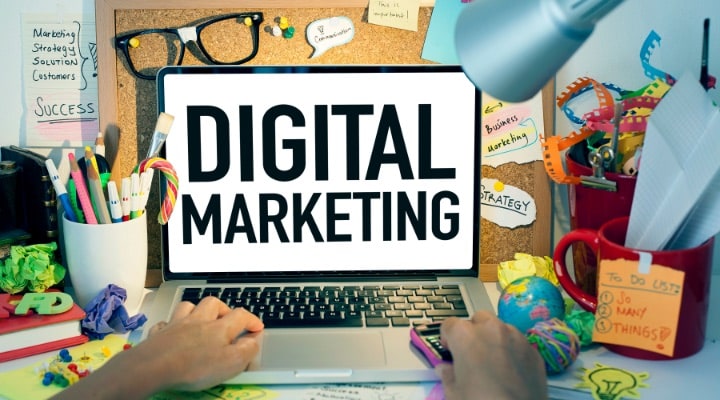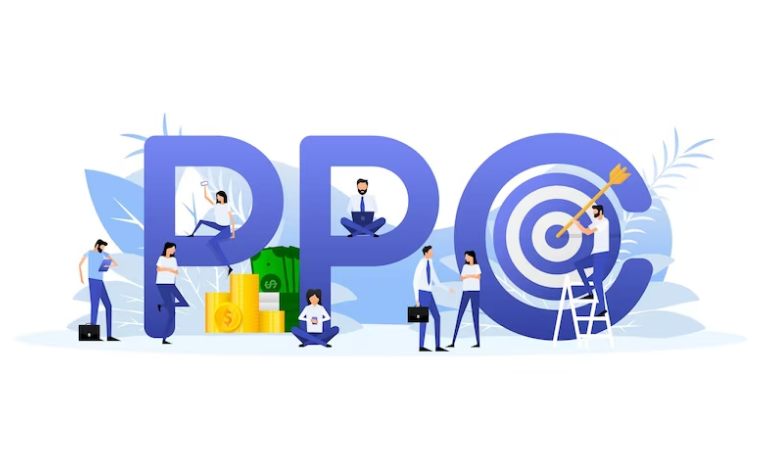WHAT IS AN AD CAMPAIGN
Trying to start a marketing campaign? There is no specific rule of thumb to create a marketing campaign. With so many steps involved, a successful advertising campaign should be built around your specific business goals and target audience.
Today there are more alternatives for advertising than ever before. Multi-platform advertising strategies may mix online platforms like social media and email with more conventional media like radio and television. A complex, high-stakes profession in advertising that mixes creativity with psychology and analytics may be available.
-
Set clearly strategized goals
Setting clear goals for your ad campaign is the first step. This will explain your campaign motivation and desired results. Goals may focus on product quality, customer satisfaction, sales, or something else. It is essential that the objectives and resources of your marketing plan match, regardless of your area of specialization. Benefits of setting strategic goals and making sure resources and objectives are aligned from the beginning.
-
Employee productivity will increase
-
Project costs will be kept in check if your resources and objectives are aligned from the beginning.
-
Campaign’s progress can be monitored
Therefore, it’s critical that they be precise and quantifiable. For instance, “increasing sales” is a fine objective to have, but it’s not really clear how to do it.
-
Set budget
Setting a budget and establishing your campaign goals go hand in hand. If your campaign’s goals are more ambitious and complex, this means that your budget will need to be bigger. Similar to how different processes are involved in developing a marketing campaign, there are various ways to generate a budget for the process.
Your budget could be: a percentage of recent revenue from sales. Your advertising expenses should be between 12 and 20 percent of your total gross income if you are startups or businesses actively striving to expand quickly. A fair target range for more established businesses trying to maintain and improve profitability is often between 5-12% of your whole gross sales. Established companies need to keep expense percentage less since they already have a dedicated client base. To hire the assistance of one of the qualified specialists, enter “digital marketing agency in Guwahati” into the Google search box.
-
Define the target audience
If you can narrow down your target market more specifically at the outset of your marketing campaign, your return on investment will be higher. Failing to engage the correct audience, no matter how many resources you have to support your lofty objectives, is always going to backfire in the end. Define your target audience based on:
- Demographics: Including the audience’s age, gender and professions.
- Psychographics: This helps you to psychoanalyze your audience and their attitudes, beliefs, and lifestyles.
- Geographic location: Different audiences will have different requirements. Residents of certain places won’t need certain things, for instance, people outside of south Asia won’t buy saris as frequently.
- Industry: To more effectively target particular sectors, you may occasionally need to change your marketing strategies. People who work in technology, for instance, are more likely to encounter your LinkedIn advertisements than people who primarily work in agricultural sector.
- Preferred media channels: You will save a good amount of time and money by figuring out where your audience currently spends the majority of its online time and focusing your marketing efforts on those media platforms.
For expert assistance with locating new clients for targeted ad campaign, enter “digital marketing agency in Guwahati” into the Google search box.
- Find influencers.
There are people with small social media followings who are very influential. Micro-influencers have a smaller following, but they can generate a lot of interest and engagement with their content. This means that they are more likely to be successful than mega-influencers with a much larger following. Audiences anticipate advertising from influencers with celebrity status and are inclined to ignore the commercials.
Make sure to establish a sincere relationship with influencers who might be eager to support or work with you on a campaign. In your marketing efforts, you might be able to take advantage of their reach.
-
Get the message of your ad campaign straight
Effective marketing ad campaign message include the following elements:
A successful marketing campaign highlights the audience’s unmet demands and worries while appealing to their emotions and showing them how the product can satisfy them. A successful marketing plan also ensures that your company is recognized as a credible expert. It should be written in a compelling and creative way so as to make it memorable and catchy.
- Execution
Once you’ve chosen your messaging, created a precise budget, and established your goals, your campaign is finally ready to go live. This is the last chance you’ll have to evaluate your campaign and make any necessary adjustments before putting your ideas into action. Executing an ad campaign for your brand can be tricky if left to your own devices, to get help from professionals for devising a successful ad campaign strategy, type “Digital marketing agency in Guwahati” into the Google search bar.
-
Review your ad campaign
After the campaign is complete, it’s a good time to review the campaign to see how it went and if you achieved your goals. If activity reports were not pulled during the campaign, they need to be pulled now. If reports were pulled, the campaign review is now the time to look at all the reporting and ask questions about it. Did the goals that were set for the project get met? Look for how you can improve your work by looking for ways to do it better.
Also Read : Control Indexing with Embedded Content




